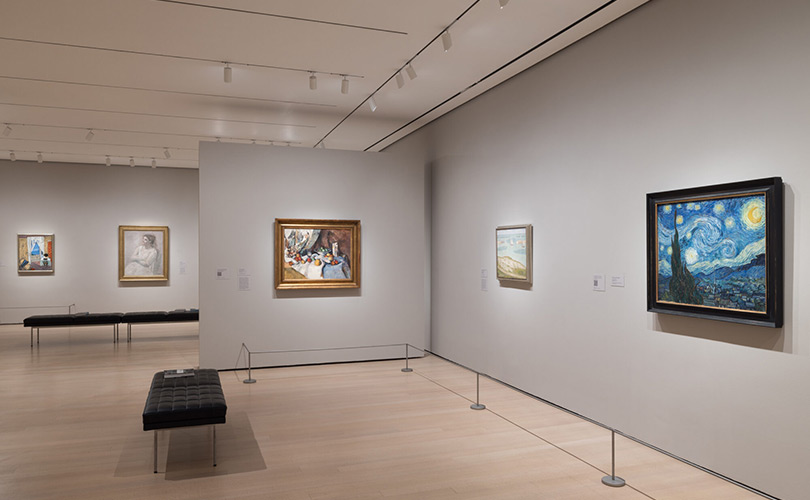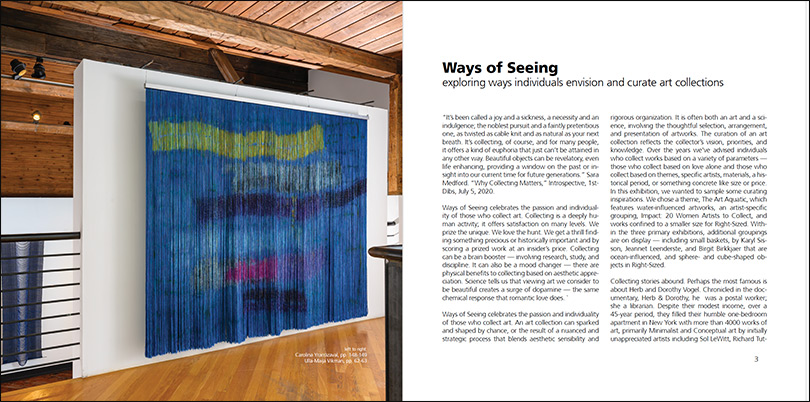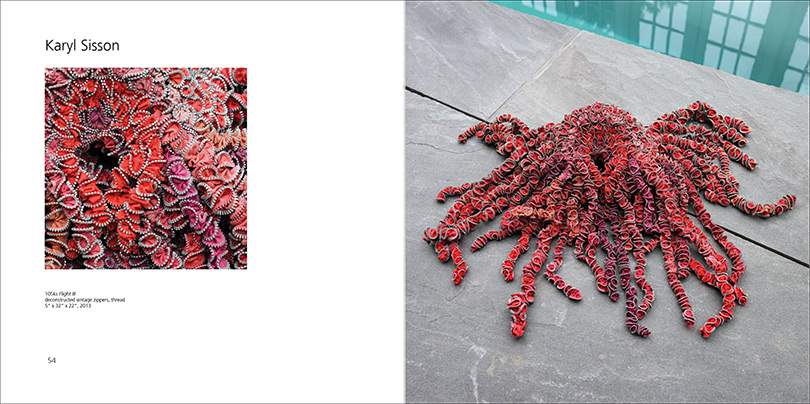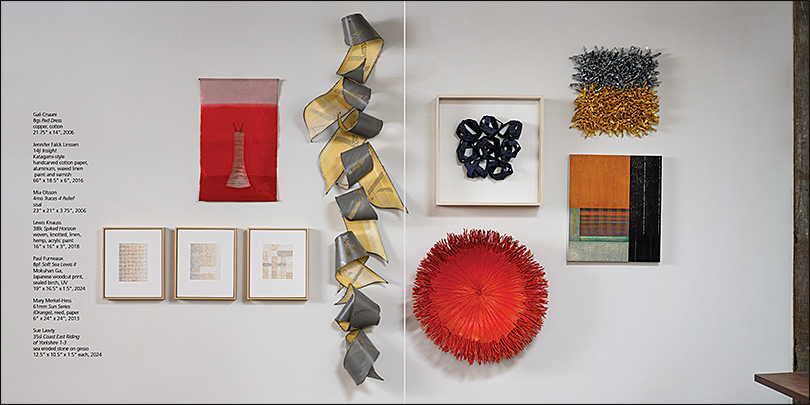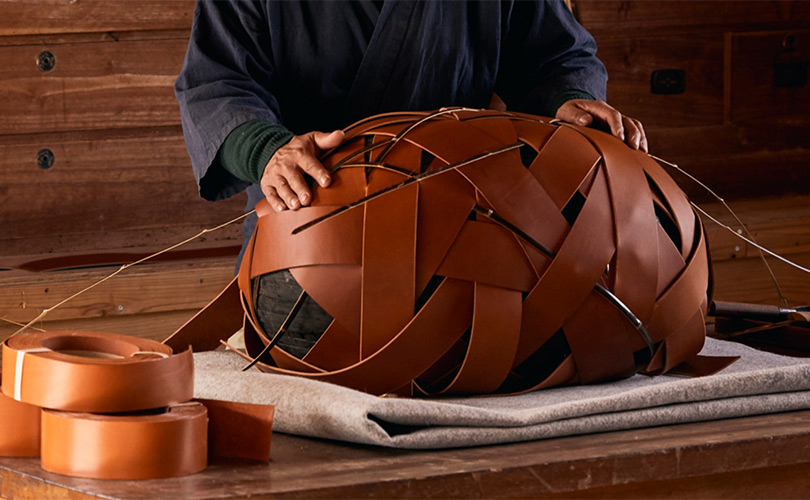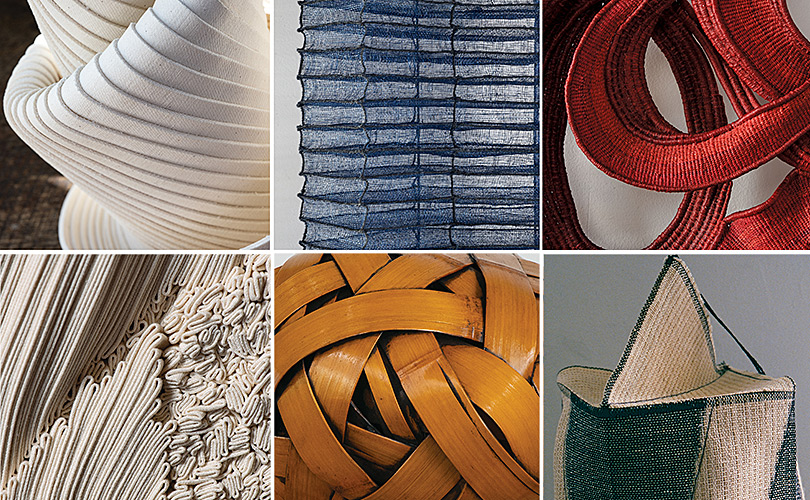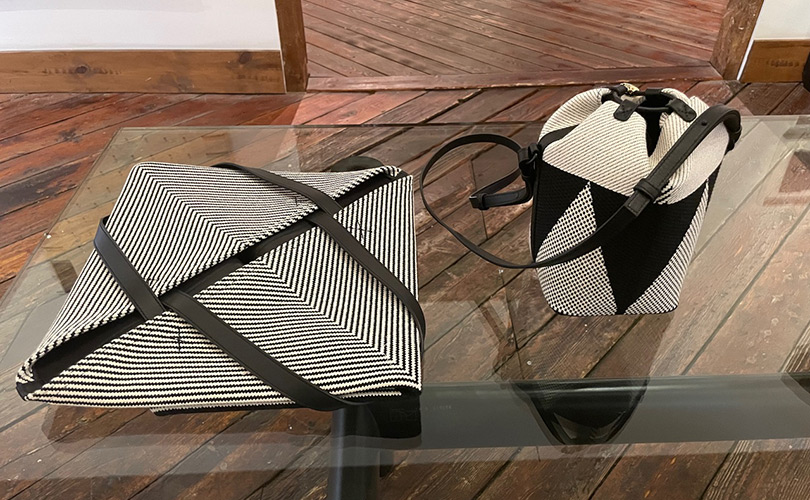As we approach the Thanksgiving holiday tomorrow, we want to take a moment to express our gratitude for the continued support from all of you. November has been a wonderful month at browngrotta arts, and we are thrilled to share the exciting developments we’ve been working on. Our highly anticipated winter exhibition Japandi Revisited: Shared Aesthetics and Influences opens on December 7, 2024, at the Wayne Art Center in Wayne, Pennsylvania. This exhibition revisits a theme we explored three years ago—how Japanese and Scandinavian artists, from Sweden, Finland, Norway, and Denmark, draw inspiration from shared cultural and aesthetic influences. We uncovered so many fascinating stories and references that we are excited to revisit this dialogue again this winter. We hope to see you there!
In the meantime, November has been a month full of incredible features. Our New This Week series introduced the work of four incredibly talented artists: Paul Furneaux, Sue Lawty, Polly Sutton, and John McQueen. Here’s a look back at these remarkable individuals and their contributions to the world of art.
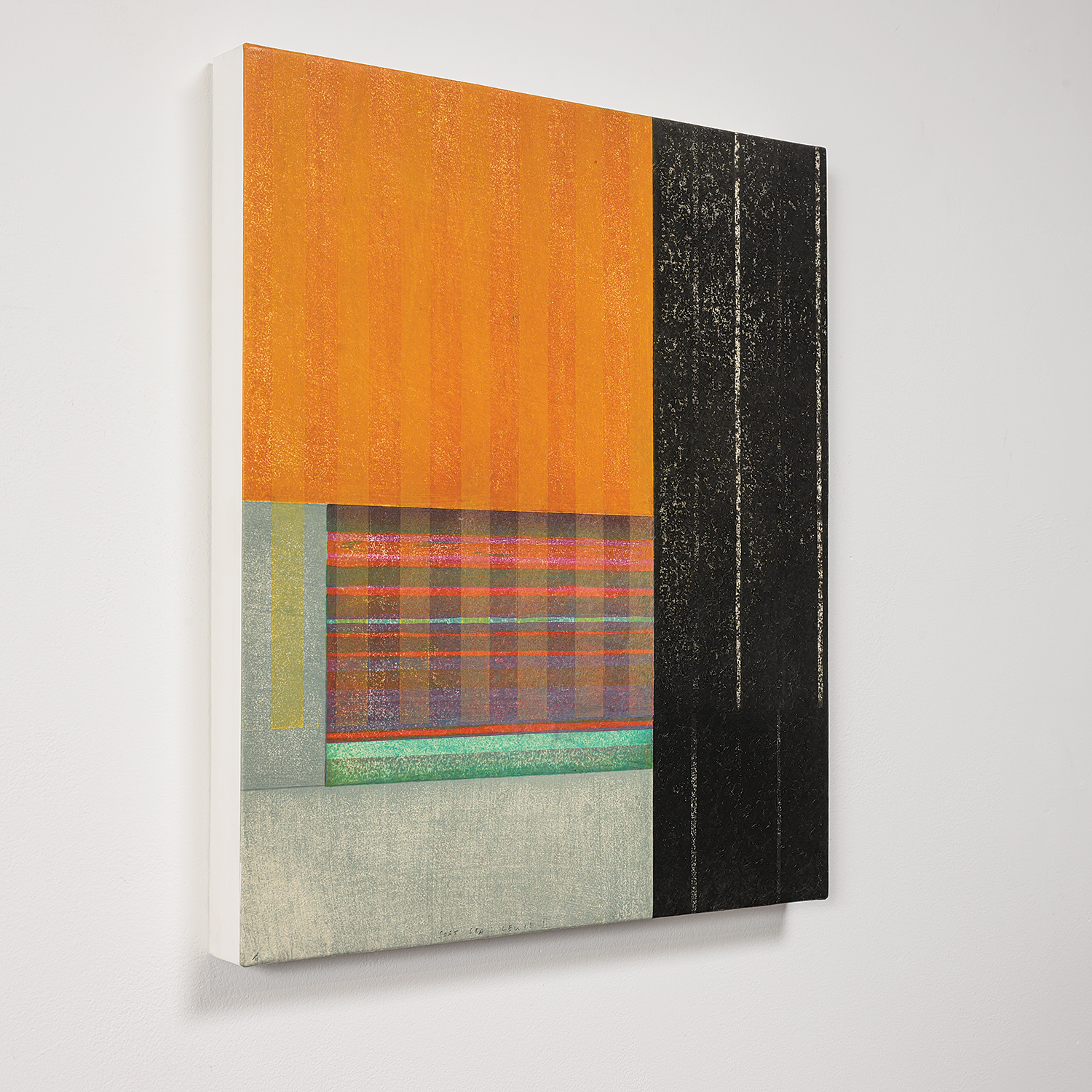
Kicking off the month, we featured the talented Scottish artist, Paul Furneaux. For over a decade, Furneaux has been exploring traditional Japanese woodblock printing techniques, particularly mokuhanga. His journey with this medium began when he received a scholarship to Tama Art University in Tokyo, where he was first introduced to the intricate art of watercolor woodblock printing. Furneaux’s work took a significant turn during a residency in Norway, which inspired a conceptual shift — moving from traditional, flat printed works to creating prints as “skins” that clothe three-dimensional sculptures. This innovative approach bridges the gap between two-dimensional and three-dimensional art, transforming the print into a more dynamic, sculptural form.
He combines his technical skill in mokuhanga with elements of texture, abstraction, and narrative, resulting in pieces that are not only visually striking but also rich in meaning. His work continues to evolve, drawing from both cultural traditions and modern interpretations, creating a unique fusion of art and craftsmanship.

Next, we turned our spotlight to Sue Lawty, a highly experienced artist, designer, and educator whose work has been celebrated worldwide. Known for her deep emotional and physical connection to the land, Lawty’s practice explores the subtleties of material and construction to create unique textual languages through meticulous weaving. Her works often reflect a profound connection to nature, with her thoughtful use of wool and other fibers highlighting her commitment to the tactile, slow process of creation.
Throughout her career, Lawty has built a distinguished body of work exhibited internationally, including the Victoria and Albert Museum in London, where she held a year-long residency. Her art also resides in prestigious collections, including those of the Smithsonian Museums and the University of Leeds. Lawty’s work has appeared in numerous exhibitions in the UK and beyond, including the International Triennial of Tapestry in Lodz, Poland, and the Victorian Tapestry Workshop in Melbourne, Australia. Her use of natural materials and her emotionally charged process have made her an influential figure in contemporary textile art.

Mid-month, we highlighted the work of Polly Sutton, a talented artist known for her exceptional use of natural materials sourced from the Pacific Northwest. Sutton’s basketry work is often created from fibers of native Washington species, including cedar bark gathered from freshly logged forests and sweet grass collected from the tide flats of the Pacific Ocean. These materials are not just functional, but also deeply rooted in the natural world, often reflecting her personal connection to the land.
Polly Sutton is especially known for her sculptural, free-form baskets, which are created using the inner bark of Western Red Cedar trees. There are no preconceived notions about the final form; instead, Sutton’s process is one of discovery. “The work begins when I have located a logging source where, with permission, I can harvest inner bark,” she says. “The outer bark is split off in the woods, and I bring home several coils of fresh cedar bark.” Her work emphasizes pleasing, curvilinear forms, which are often asymmetrical and free-flowing, echoing the natural world that inspires her.
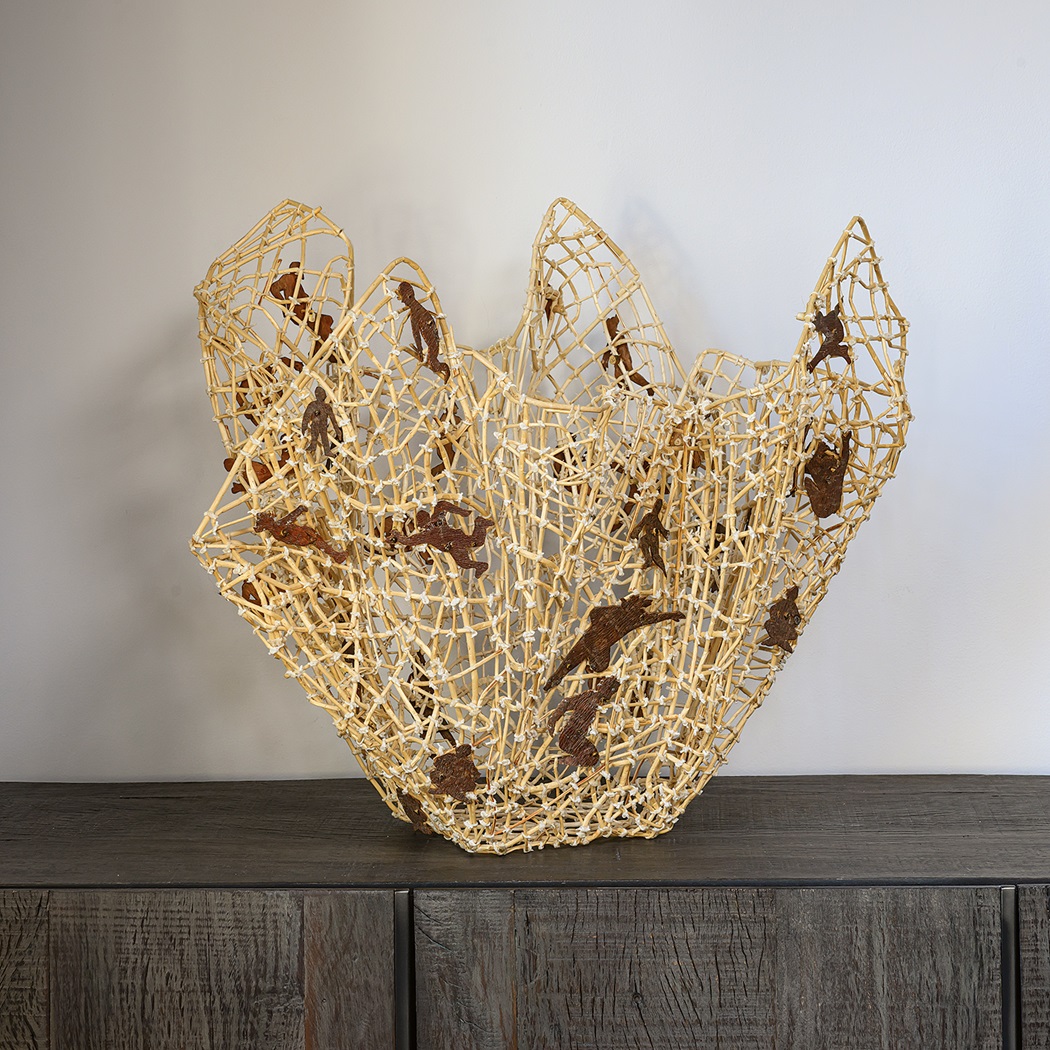
Finally, we spotlighted John McQueen, a renowned sculptor and artist whose work often explores the relationships between natural materials and their structural possibilities. McQueen’s piece Grapple, created in 2023, features a combination of strip willow and white pine figures. His intricate arrangements challenge the boundaries of sculpture, creating forms that feel both organic and deliberate. His approach to weaving natural materials into sculptural pieces has made McQueen a beloved figure in contemporary art, inspiring countless viewers to reconsider the role of natural elements in art.
As we wrap up November, we are incredibly grateful for your continued interest and support. Stay tuned for more exciting updates as we gear up for Japandi Revisited in December. We can’t wait to share these unique works with you and look forward to seeing you at the exhibition soon!




